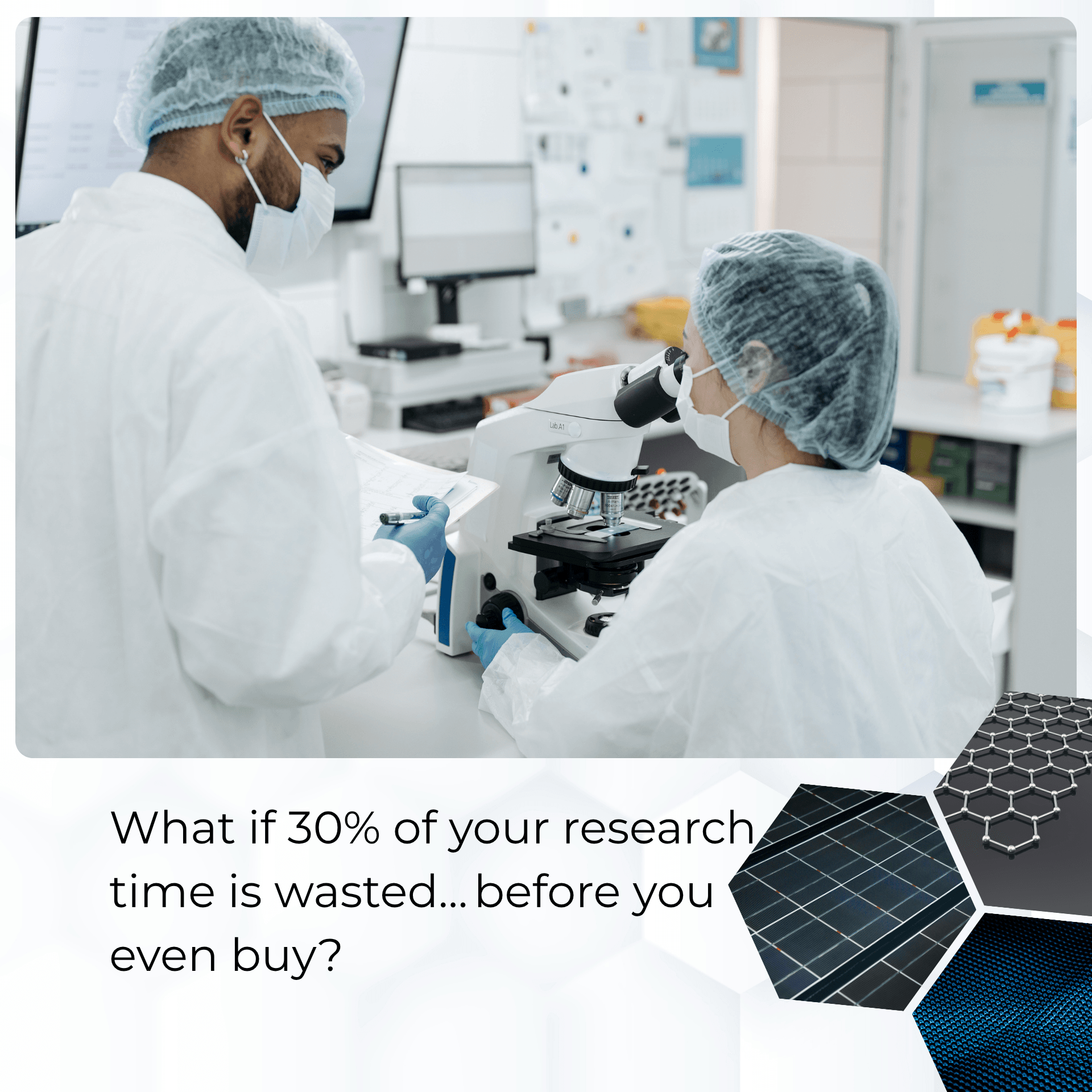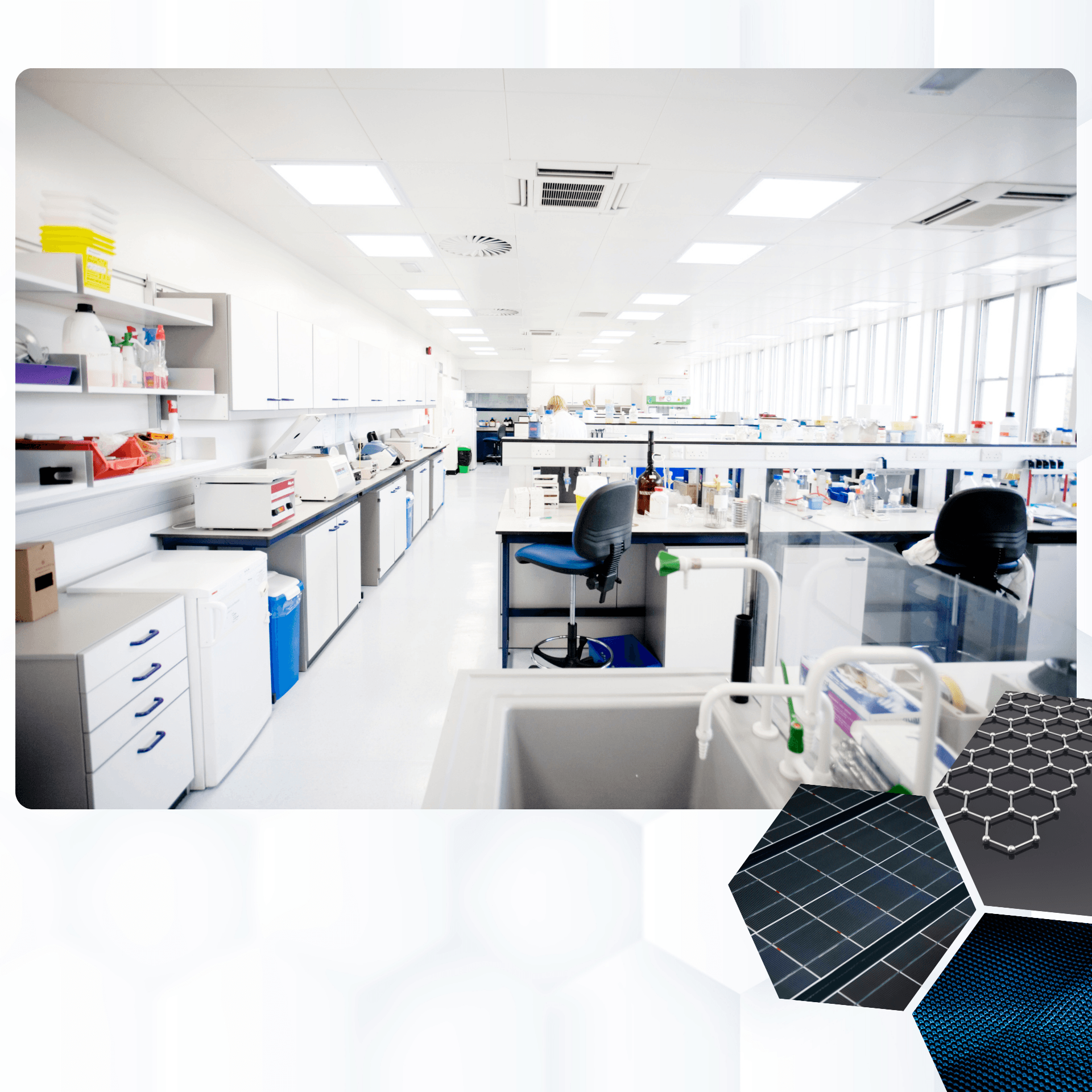November 22 Updates From Nanotechnology Industry
Nanomaterials hold forth the promise of making it simpler to develop individualized solutions in the fields of electronics, energy, biomedicine, environment, food, and textile. There are also other other applications of nanotechnology like in superior household items such as degreasers and stain removers, environmental sensors, air purifiers, and filters, antibacterial cleansers, and specialty paints and sealing solutions, such self-cleaning house paints that resist dirt and stains, all are being made from nano-engineered materials. And here is some additional information on the most recent advancements in the field of nanotechnology as well as some insights into new scientific lab equipment utilised therein (Scientific Laboratory Equipment November 2022).
Due to their many different and useful qualities in photochromic, electrochromic, image storage, switching, filtering, and surface acoustic wave signal processing devices, perovskites attract a lot of interest in several applications, like in solar cells.

Nanoparticles (NPs) are increasingly being used in multiple sectors, including the energy, chemical, electronics, water, and medical fields. Like their application in supercapacitors and batteries, which have received considerable attention owing to their excellent life cycles and high-power density results. See this article.
Suspended solids must be eliminated during wastewater treatment before the leftover water, known as effluent, is released back into the environment. Otherwise, the oxygen needed by aquatic plants and animals gets depleted during the breakdown of this suspended solid matter.
So researchers have found a way of converting crude palm oil to produce magnetic nanocarbon that can be used for high adsorption of metal ions and dyes during wastewater treatment. Cool, isn’t it? (Source: nature .com)
Solar cells made of silicon are inefficient. However, tandem cells, which encapsulate silicon with simple-to-manufacture photovoltaic perovskites, are currently being touted as having efficiencies of over 40%. Additionally, it can be done cheaply and without the need for significantly different manufacturing facilities. Amazing, isn’t it? (Source: IEEE Spectrum)
Research in the area of energy storage has received a lot of attention due to the impending energy crisis and the rising power needs of electronic devices. Like in the realm of electric vehicles, lithium-ion batteries are widely used. However, their short battery life and slow charging speed pose a serious problem.
Here, two-dimensional (2D) nanomaterials are emerging as potential anode materials for Li-ion batteries. Because 2D nanomaterials are considered to be the thinnest nanomaterials due to their thickness and dimensions on the macroscale/nanoscale and can be employed as electrodes to achieve high capacity and long cycle life due to their appealing electrochemical and mechanical features. (Source: ScienceDaily .com)




